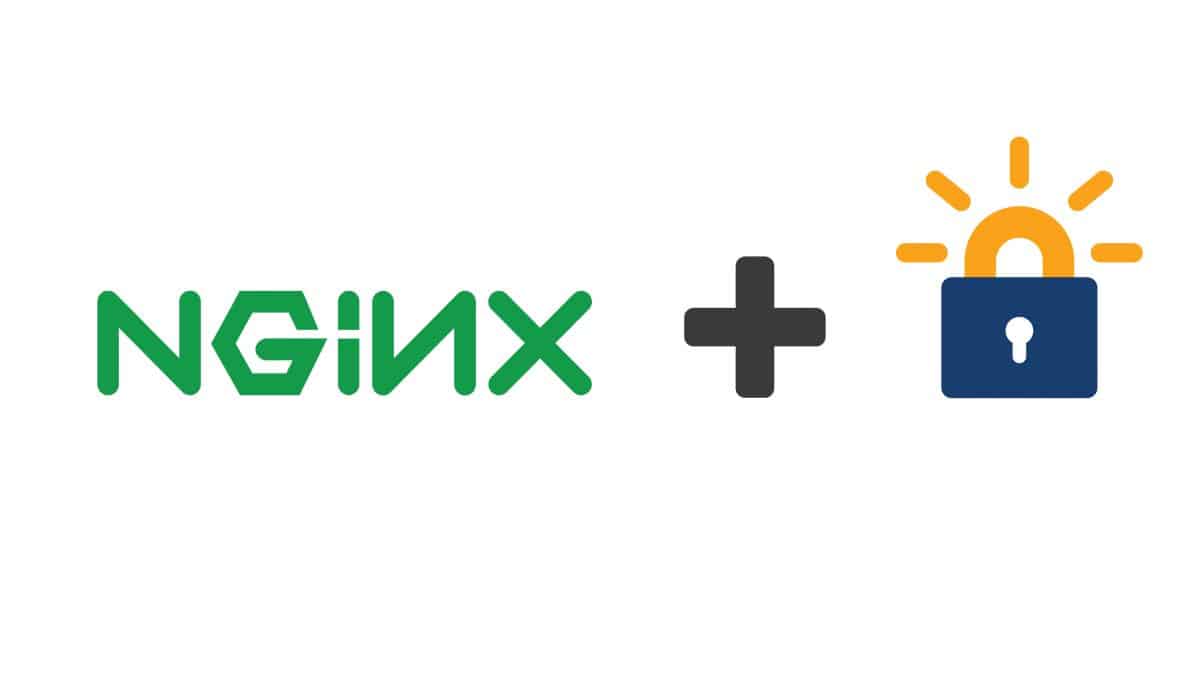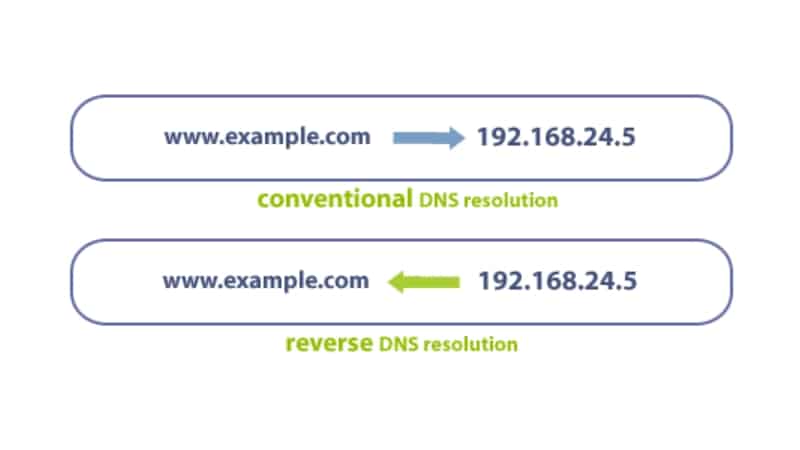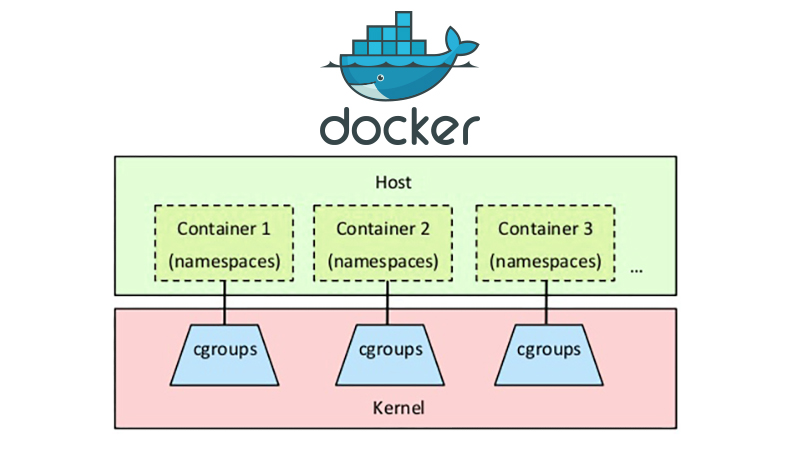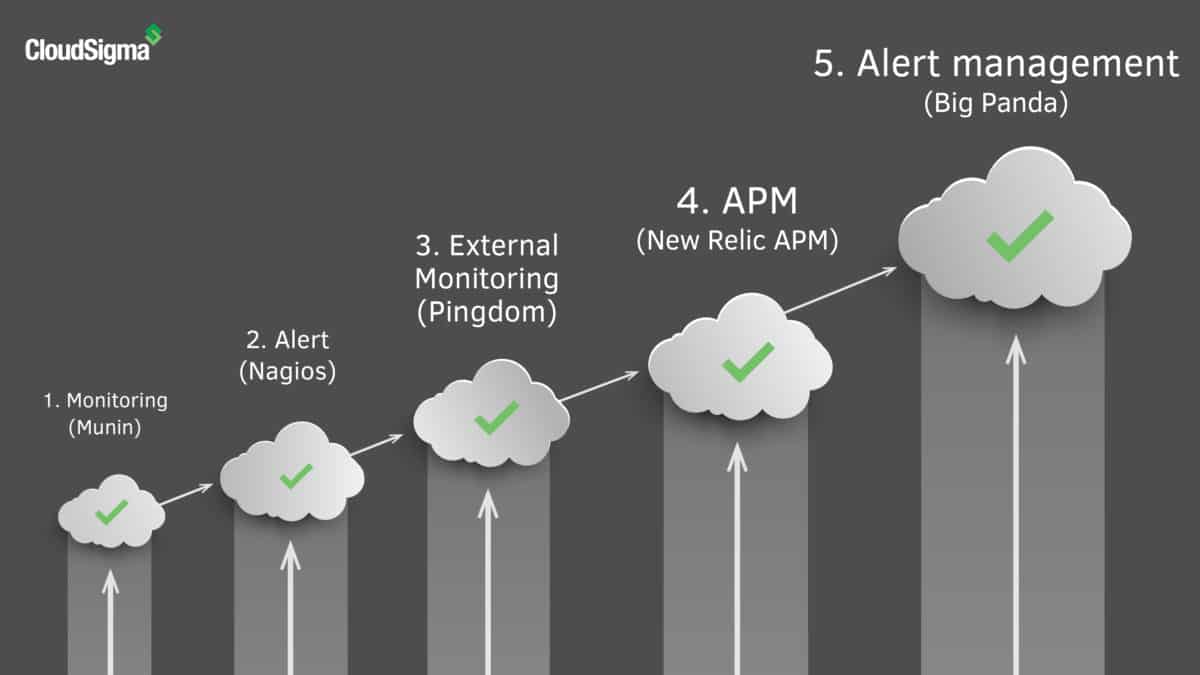For those in a rush: this blog post shows you how to use free SSL certificates and have then renew perpetually (in theory) so they are near zero hassle to use. It is always nice to automate things. This saves you a lot of time and lets you concentrate on the things that actually matter and make a difference. Renewing …
How to Dynamically Update and Manage Reverse DNS/PTR Records for Your CloudSigma Infrastructure
It is now possible to dynamically manage your PTR records on CloudSigma’s DNS servers. This new functionality provides greater flexibility in setting up your applications in our cloud. We now accept dynamic updates of PTR records within our zones. This means that our dynamic DNS servers (DDNS) will accept updates directly from individual IP addresses from the networks used within …
How to Run Docker on CloudSigma (with CloudInit) Updated
In the past couple of years, Docker has received a tremendous amount of attention. While the concept of containers is hardly anything new (something we at CloudSigma talked more about in this previous post), Docker appears to have become the go-to container manager. To automatically deploy Docker at CloudSigma, you will need: An SSH key. Basic understanding of Docker. The official …
HowTo: CGroups
Well, as you know, GNU & Linux are awesome. Why? Because we have Control Groups (CGroups)! In this post you’ll learn how to: Protect critical system processes for both memory and CPU. A walkthrough video implementing cgroups on a live running server Set up an example implementation of CGroups or SystemD slices. Keeping Everything under Control You can use CGroups …
Raspberrian Wisdom: Use your TV for System Monitoring
FinaThis blog post will show you how to use your RaspberryPI to drive an always on screen displaying an autorefreshing web page of your choice. If you are like us you want to have things like sales, pending customer tickets, system status’ etc. easily visible in your office; it’s very valuable. After this post you’ll be a ninja at quickly …
Manage Docker resources with Cgroups
Last month I spoke at ApacheCon about Cgroups. It appears as very few Linux users (including yours truly until not too long ago) are familiar with Cgroups and their power. This is a pity, because Cgroups are very powerful, and allows you to allocate resources on your servers in a far more granular fashion than any other tool available in …
Introducing Optimized Cloud Server Settings
One of the great features about CloudSigma is the ability to choose optimized server settings that work great right out-of-the-box. At server creation time, if you aren’t using the quick server create tool, you’ll find under the Properties tab an “Optimize for” option. This allows you to tweak your server for Linux, Windows, BSD or even Solaris. In this blog …
An introduction to server provisioning with CloudInit
This month we announced a very exciting partnership with Canonical, the makers of Ubuntu. Above all, the main element in this partnership is the introduction of full CloudInit support between the CloudSigma cloud and Ubuntu. An introduction to CloudInit If you’re not familiar with CloudInit, it is the industry standard for bootstrapping cloud servers. To clarify, if you are using …
How to run Docker on CloudSigma (with CloudInit)
First, you need to have knowledge of a few pre-requisites: An SSH key. Basic understanding of Docker. The official documentation is a great start. Basic knowledge of CloudInit In the recent year or so, Docker has received a tremendous amount of attention. It appears to be one of those things where the timing was just perfect. While the concept of …
Five Tools You Need for Your Cloud Deployment
You have finally managed to get up and running with your application. It runs great. You’re happy and you’re customers are happy. One morning you wake up with an inbox full of angry customer emails and your Twitter feed full of complaints. While you were sleeping, something broke. You just didn’t know about it until this morning when you checked …
An introduction to failover in the cloud
One of the hardest, but most important things to do when building your cloud architecture, is to eliminate Single Point of Failures (SPoF). What this means is that every mission critical service should be able to survive an outage of any given server. Some companies, like Netflix, have taken this to an extreme and created a service called Chaos Monkey. …
Using Ansible with CloudSigma
In a recent article I wrote about how you can use Salt to manage your CloudSigma infrastructure. However, another tool mentioned in that article was Ansible, which is in many ways similar to Salt. Since we’re all about choice here at CloudSigma, I thought it was only fair to also provide Ansible-users (or aspiring users) with an easy way to …













